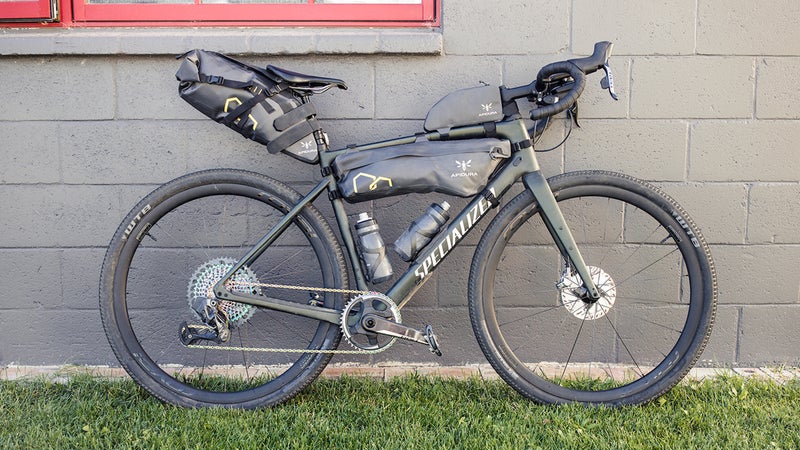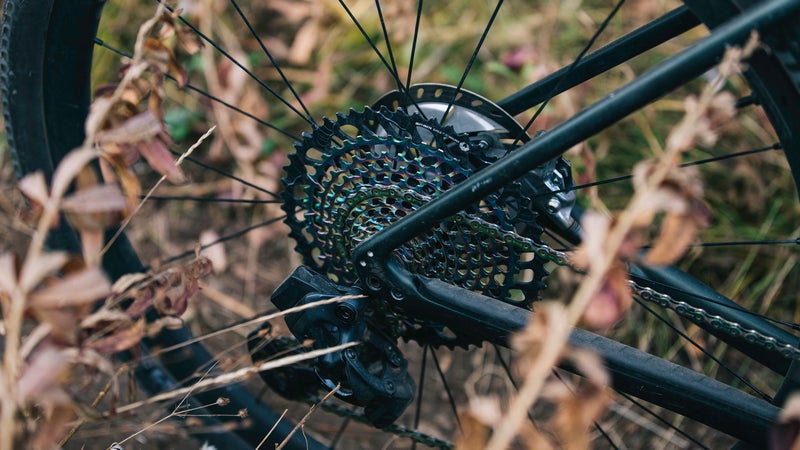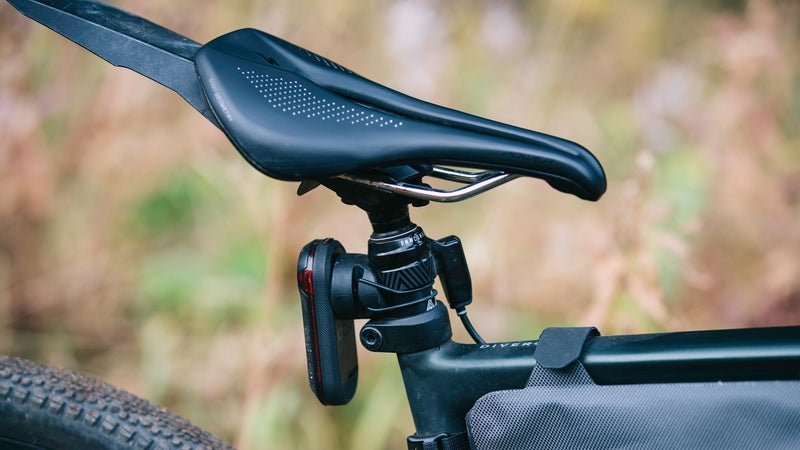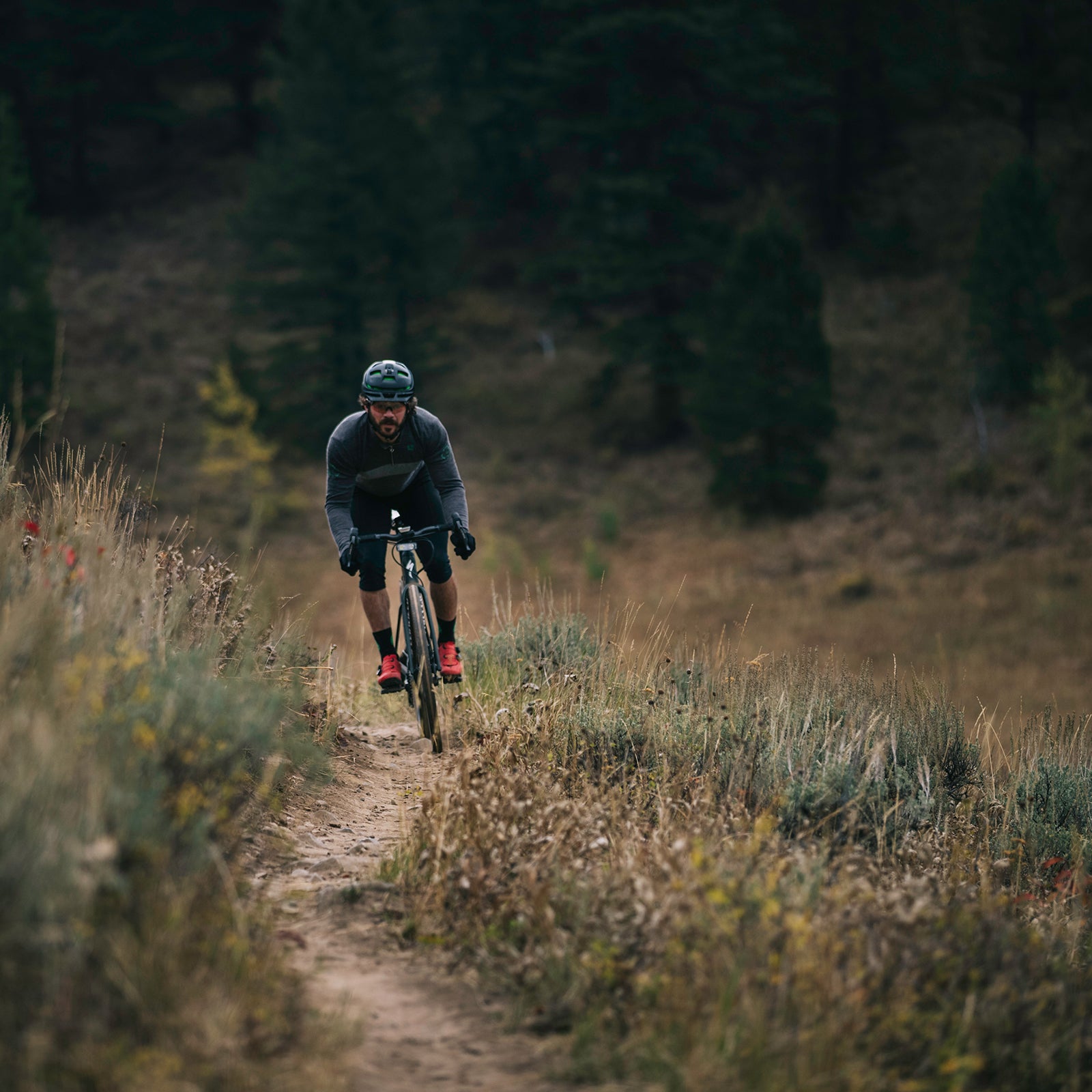Yesterday I hopped on my bike three times: for a sunrise singletrack session, a slow 30-mile spin on asphalt, and a quick trip╠řto the post office. Right now IÔÇÖm planning a five-day bikepacking trip thatÔÇÖll happen later this month. For all of these rides, I╠řuse╠řthe same bike: the╠ř╠ř($1,200 and up).╠ř
Fast on pavement and smooth on gravel, the third iteration of the Diverge fits╠řall of my needs. The revised , a small suspension system in the headset, levels bumps and rough roads. A slew of mounting points allow a seamless transition from adventure chariot to daily driver. The geometry hits the sweet spot between snappy and stable.╠řAfter test-riding the model ($4,800) for more than a thousand miles, I may never ride skinny road╠řtires again.
Background
The gravel market has╠řexploded in the past five years, with manufacturers racing╠řto keep up. Today╠řmost brands sell at least one bike in the╠řemerging category. Gravel grinders, as one of the sportÔÇÖs fastest growing segments, feed off aspirations of freedom and the allure of adventure, and they appeal╠řto experts and newbies alike. TheyÔÇÖll keep up with roadies on an easy group ride, tackle mixed terrain with aplomb, and perform sufficiently on moderate trails, merging culture and components from the worlds of road riding and mountain biking.
After testing a half dozen╠řcompetitors, including the , , , and , over the course of the spring and summer, the Diverge is╠řmy preferred steed. HereÔÇÖs why.
What I Like
The newest model of the Diverge, released in May 2020,╠řhas a longer reach╠řand╠řslacker front end, giving it a longer wheelbase, with the same responsive handling as previous models. This geometry makes the bike more grounded, providing confidence at high speeds and on challenging terrain. Overall, itÔÇÖs a big advancement for on-trail performance, without compromising too much on smoother surfaces.

While some bikes have a learning curve for╠řhandling, Specialized made╠řa bike that feels immediately intuitive to ride. This comes from the balanced center of gravityÔÇöyouÔÇÖre not too far over the front axle, nor too high╠řor far back. Such positioning gives you added╠řstability on╠řbumpy sections and through loose gravel.
But SpecializedÔÇÖs system is what sets the Diverge apart from the competition. This internal spring is positioned above the headtube to╠řallow the handlebars to move in a vertical path, offering 20 millimeters of travel;╠řit absorbs╠řthe energy from bobbing up and down over rough roads╠řand preserves forward momentum. I was amazed by how much it damped╠řchatter from rocks, rumble strips, roots, cracks, and bumps on pavement. A smoother ride creates more comfort and provides more contact with the ground, enabling you go faster and corner better. It also reduces╠řfatigue across your body.╠ř

Lastly, the Diverge is ready to be transformed into an adventure╠řbike. It has options╠řfor attachments╠řon the frame and fork. This makes it useful for both weeklong trips╠řand all-day rides. IÔÇÖve done a few bikepacking tours with the Diverge and found that the slacker geometry╠řlends stability when loaded with the extra weight. Combined with single-chainring╠řcompatibility and clearance for 700x47c╠řor 650bx2.1-inch╠řtires╠ř(I currently run╠řWTB╠řRiddler 700×45ÔÇÖs),╠řit checks all the boxes for the long haul.╠ř
What Could Be Improved
For my style of riding (mostly on dirt and typically long enough to run out of snacks), IÔÇÖd prefer╠řa few tweaks to any future╠řmodels.╠řIÔÇÖd love for full two-inch mountain-bike tires to fit on a 700c wheel so I can tackle more serious singletrack without having to swap wheels.╠ř(ItÔÇÖs worth noting that the 2021 iteration does have more╠řtire clearance than the previous yearÔÇÖs model, by about five millimeters.)

The Diverge is also╠řsomewhat heavy when compared to top-end carbon competitors. My bike, a large╠ř2021 Expert Carbon model, weighs╠řabout 22 pounds with pedals, bottle cages, and a Garmin device. ThatÔÇÖs a pound or two more than a few of the bikes listed above when weighed with the same add-ons:
- ($2,750 and up): 22 pounds
- ($1,850 and up): 18 pounds
- ╠ř($5,299 and up):╠ř18 pounds
- ╠ř($2,599 and up): 22 pounds
- ╠ř($3,499 and up):╠ř18 pounds
- ($2,899 and up): 19 pounds
As a hobbyist rider, this isnÔÇÖt a huge deal for╠řme, but itÔÇÖs worth considering, depending on what type of riding you like to do.╠řSome of the added weight comes from the Future Shock, but in my opinion, itÔÇÖs more than worth that╠řsmall penalty.
The Final Verdict
Frankly, I couldnÔÇÖt be happier with this bike. With nine tiered models to choose from, ranging from $1,150 to $10,000, Specialized provides a buffet that almost anyone can agree to. The slacker geometry, improved Future Shock, and ample dropouts make it a gravel grinder for all types of riders.


